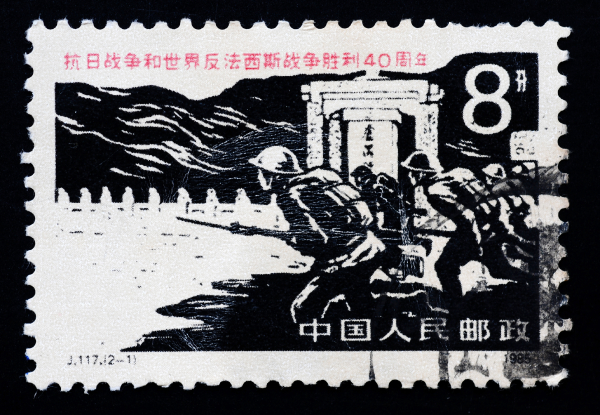
China’s postage stamp history is tightly woven with its rich cultural tapestry and the evolution of its communication systems. Reflecting societal shifts, political changes, artistic expressions, and technological advancements, this history unveils a narrative of the nation’s past. Here is a concise overview of China’s postage stamp history:
19th Century: Early Periods:
China’s modern postage stamp history began towards the late 19th century, similar to developments in the Western world. During this era, local postal markings and seals were employed across various regions of China to facilitate trade, diplomacy, and communication. However, a formal national postage stamp system was not yet established.
1897: Inception of the First Official Chinese Stamps:
The official use and production of postage stamps in China commenced in 1897 during the Qing Dynasty. This period marked the issuance of China’s first official postage stamps. These stamps bore symbols of the Qing Dynasty and encapsulated characteristics of the era.
20th Century: Societal Transformation and the Role of Stamps:
Starting from the early 20th century, postage stamps in China gained significance both as a means of postal payment and as tools for propaganda. This period saw the production of stamps in different colors, designs, and themes. Notably, during Mao Zedong’s era, stamps featuring the leader’s portrait were commonly issued.
1970s and Beyond: Modernization and Global Communication:
China’s postage stamp design and production underwent changes aligned with modernization and globalization trends from the 1970s onwards. Technological advancements, print quality enhancements, and security measures contributed to the diversity and attractiveness of stamps. Simultaneously, cultural values and national symbols played a vital role in stamp design.
21st Century and Digital Transformation:
In the early 21st century, the rise of digital communication led to a decline in physical mail usage. Nonetheless, China’s postage stamp production and collecting community remain active. Stamps reflecting historical events, natural beauty, and cultural heritage continue to attract interest.
Expression of Culture and History:
China’s postage stamp history serves as a reflection of the country’s evolving communication systems, political changes, and cultural expressions. Stamps not only functioned as a means of postal payment but also as valuable artifacts that depict China’s history, culture, and artistic sensibilities. Even today, Chinese stamps remain a significant source for understanding the country’s rich past and diversity.
In conclusion, China’s postage stamp history is akin to a collection of artifacts that mirror the nation’s societal, political, and cultural evolution. These stamps, serving as small artworks encompassing history, culture, and communication, hold a vital place in China’s and the world’s cultural fabric.
